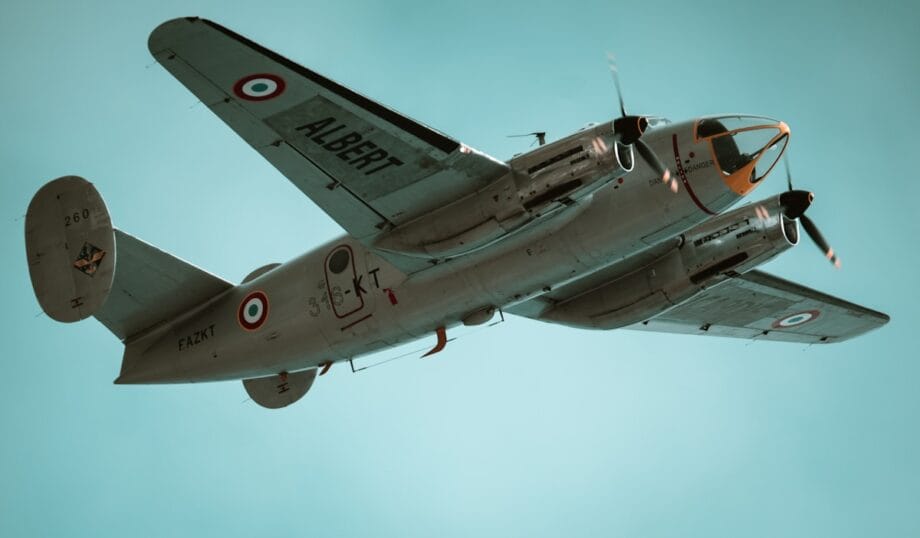Anduril’s Robotic Wingman Completes Inaugural Flight
Anduril Industries has triumphantly undertaken the first flight of its autonomous drone wingman, a notable leap forward in the U.S. Air Force’s Collaborative Combat Aircraft (CCA) initiative.
This pivotal milestone took place on Friday at a specialized testing facility in California, following an interval marked by software-related delays and efforts to refine the craft’s semi-autonomous functionalities.
Milestone Achievement and Context
This achievement comes on the heels of a similar milestone reached by competitor General Atomics, which successfully executed its CCA prototype’s first flight in late August.
Both companies have transitioned from initial conception to functional airborne testing within a span of less than two years, underscoring the brisk pace of innovation catalyzed by fierce competition in defense contracting.
Significance of Competition: Air Force Secretary Troy Meink emphasized that competitive dynamics foster innovation, leading to expedited delivery of indispensable capabilities.
“These flights yield vital data that will shape requirements, mitigate risks, and ensure the CCA program’s ability to maintain an edge against emerging threats,” Meink stated.
Technical Enhancements and Operational Philosophy
In contrast to General Atomics’ flight, which lacked semi-autonomous features, Anduril has asserted that its YFQ-44A prototype was conceived explicitly for fully autonomous operations.
The company articulated, “Our operational approach eschews traditional piloting; all taxiing and flight evaluations are executed in semi-autonomous mode.”
This paradigm shift marks a transformative approach to air combat, signaling a departure from conventional pilot-operated aircraft. The current operational framework is geared towards integrating advanced autonomy within the airpower paradigm.
Community Response and Future Outlook
General Atomics recognized Anduril’s strides, with spokesperson C. Mark Brinkley expressing commendation for their efforts.
He commented, “The aviation community is quite cohesive, making it gratifying to witness colleagues achieve success. This week has been momentous for the CCA initiative, warranting congratulations all around.”
Future Developments

The Air Force is poised to bestow the initial increment of the CCA program’s production contract in 2026. Furthermore, Lockheed Martin plans to unveil its CCA contender by 2027, while Boeing is examining the prospects of a tiltrotor drone wingman to bolster Army aircraft operations.
These developments exemplify the shifting landscape of unmanned aerial systems and the growing incorporation of autonomous technologies into military structures.
In conclusion, Anduril’s inaugural flight signifies a promising trajectory for U.S. defense innovation. The infusion of semi-autonomous systems not only amplifies operational efficacy but also elicits critical inquiries regarding the future of aerial combat and the implications of autonomous warfare.
Source link: News.defcros.com.






